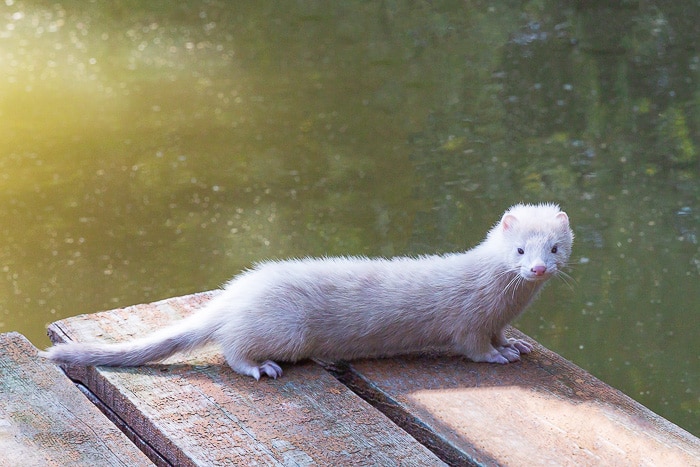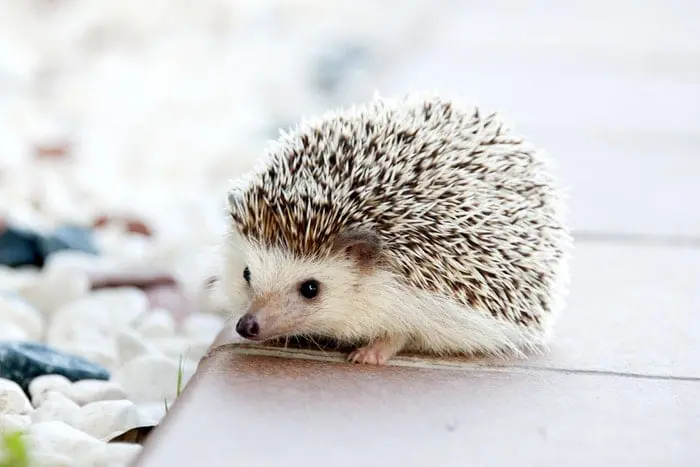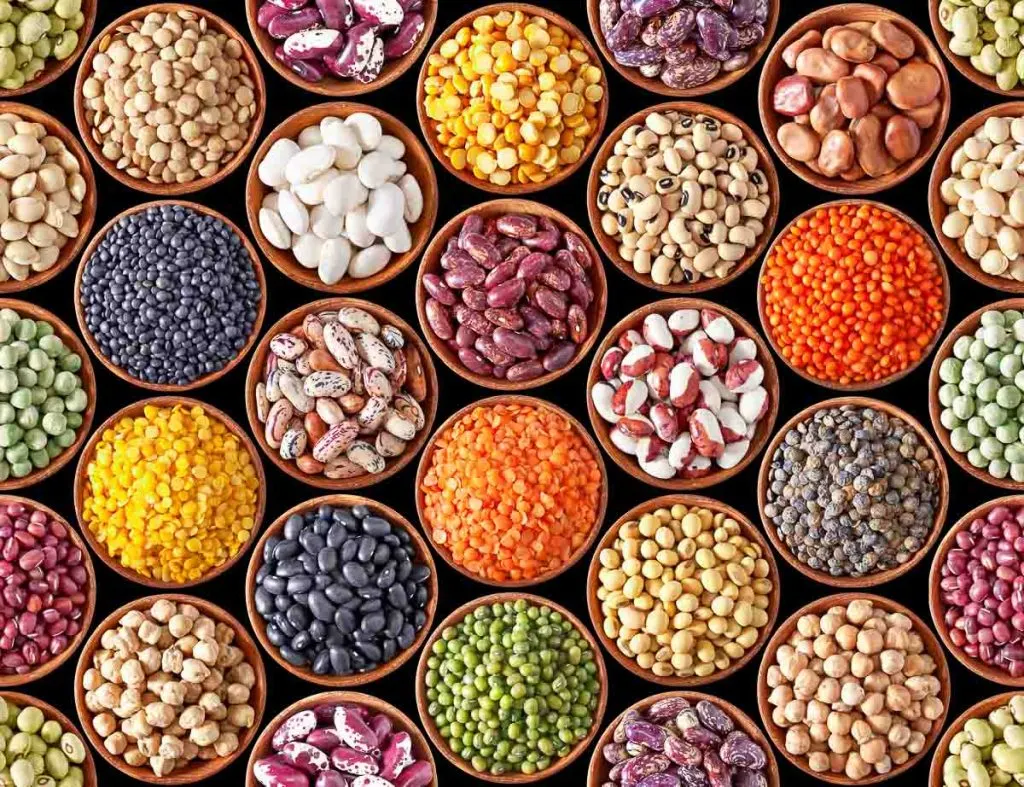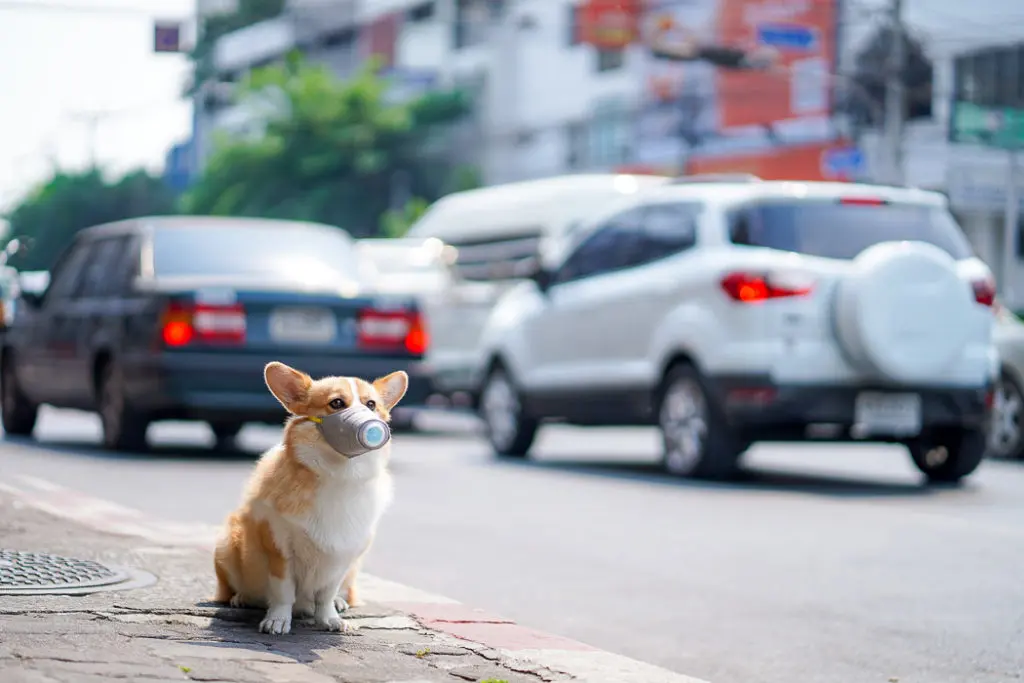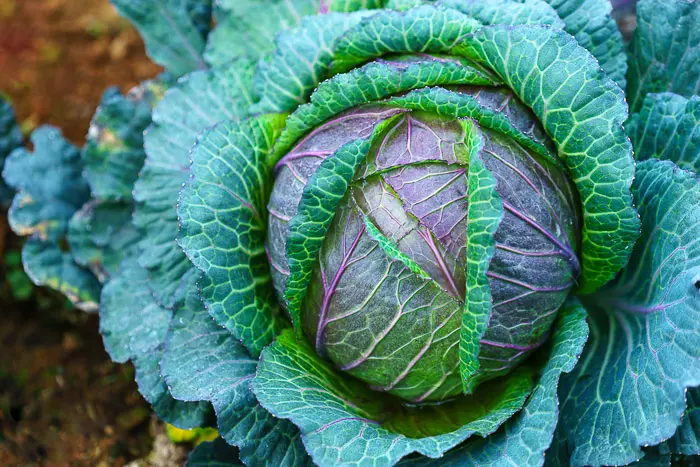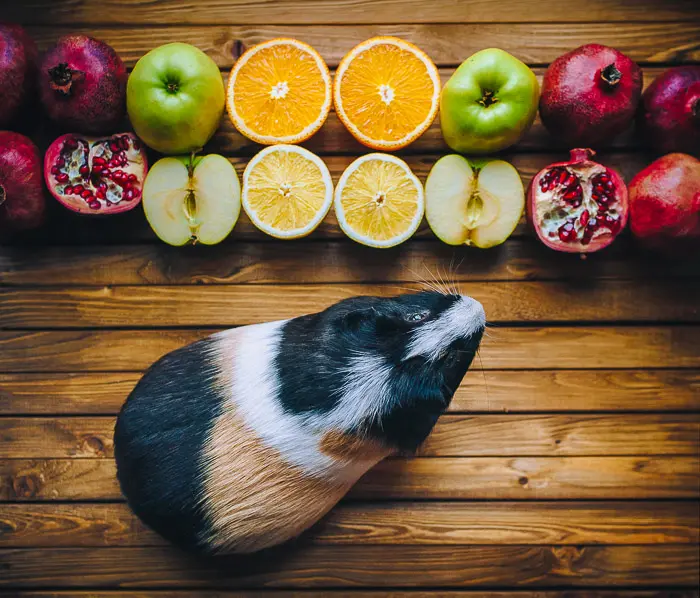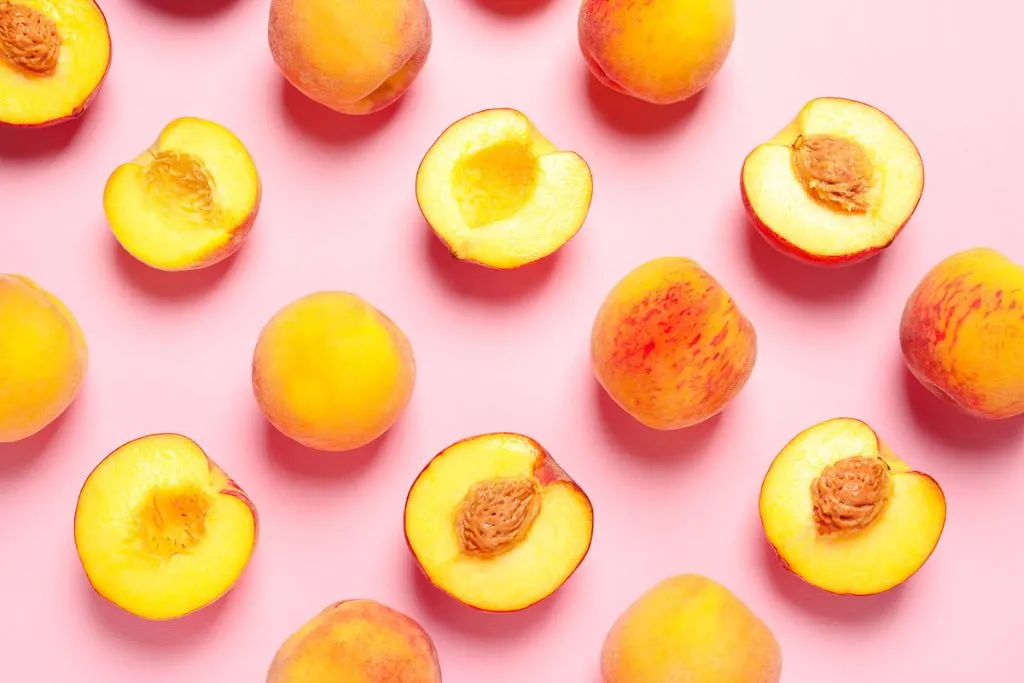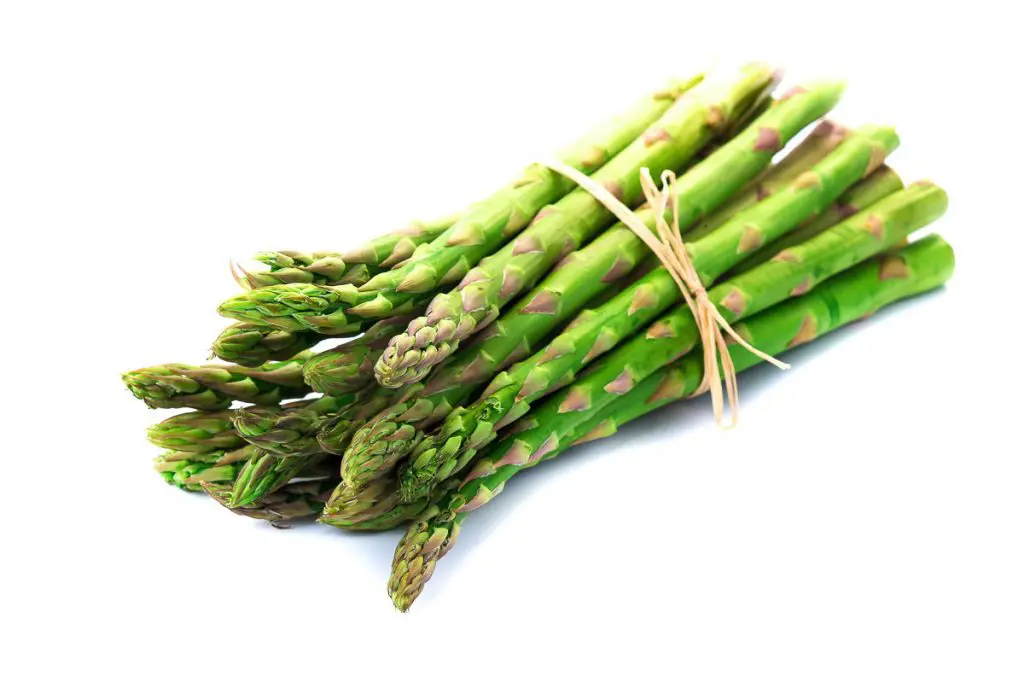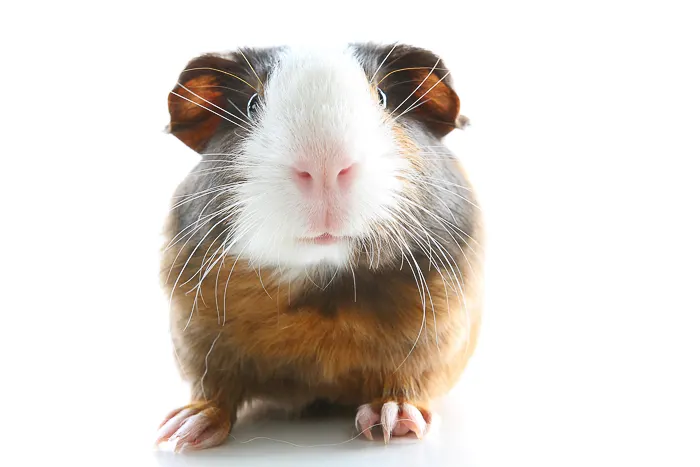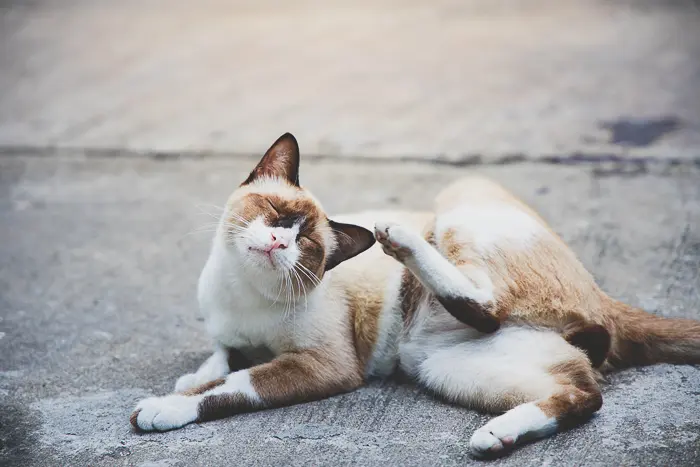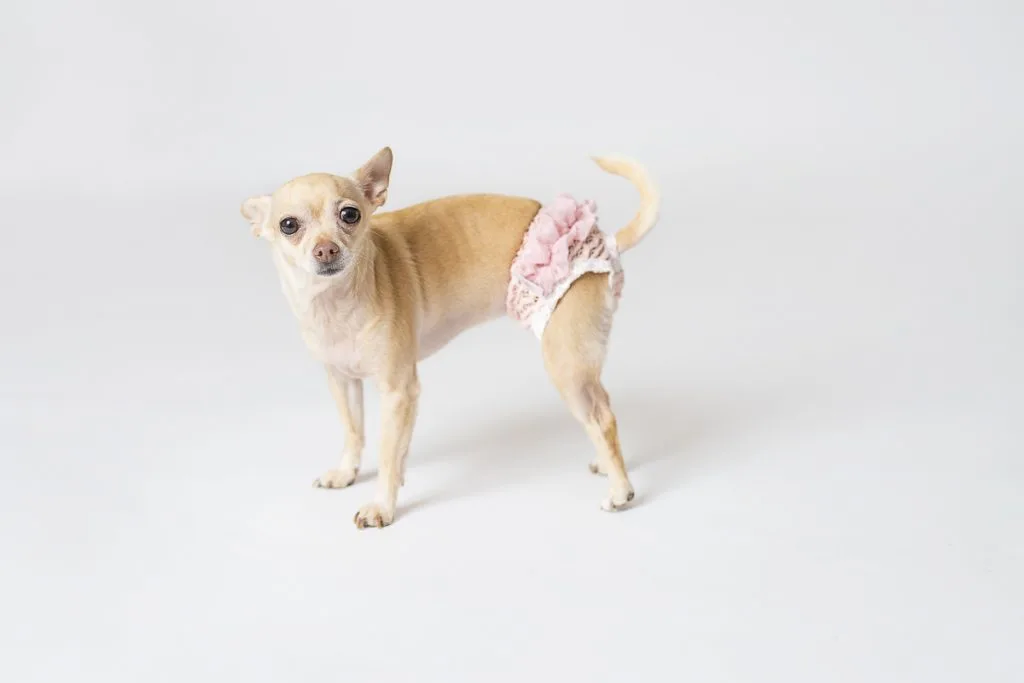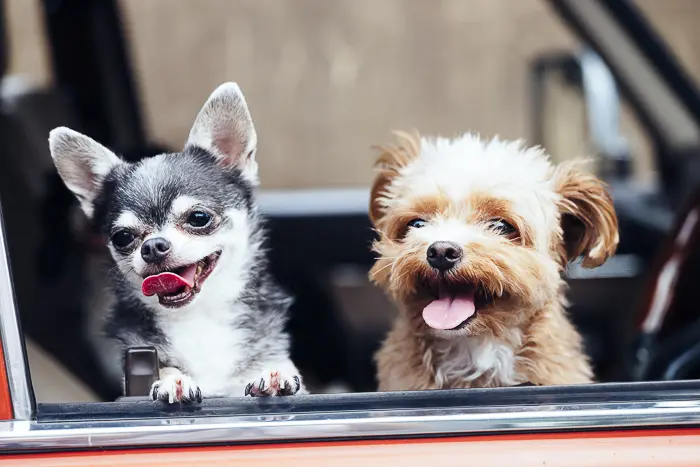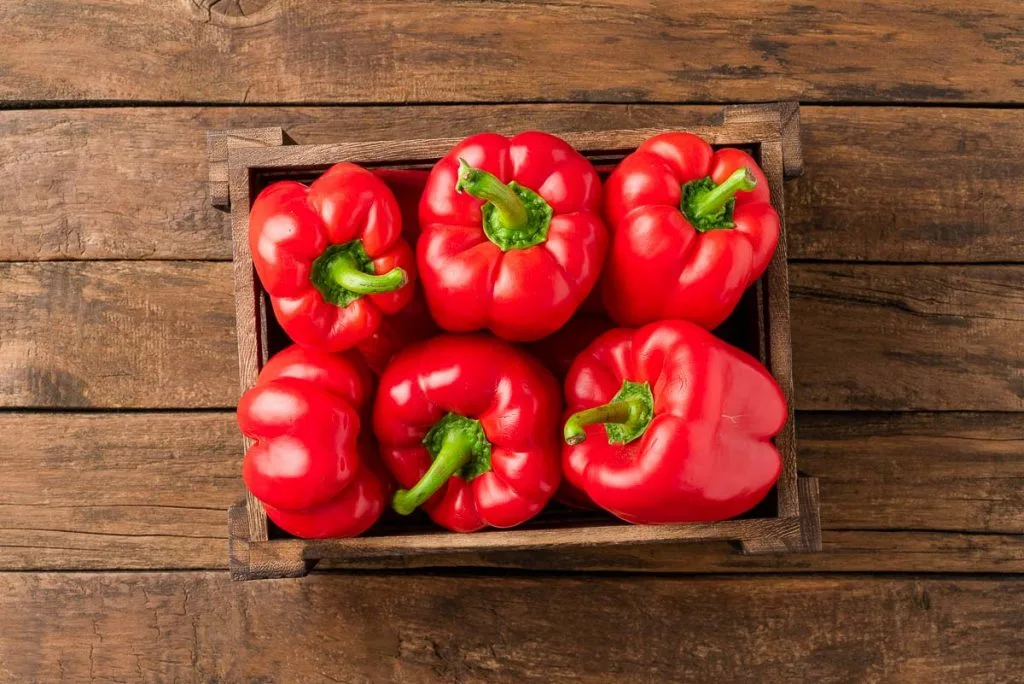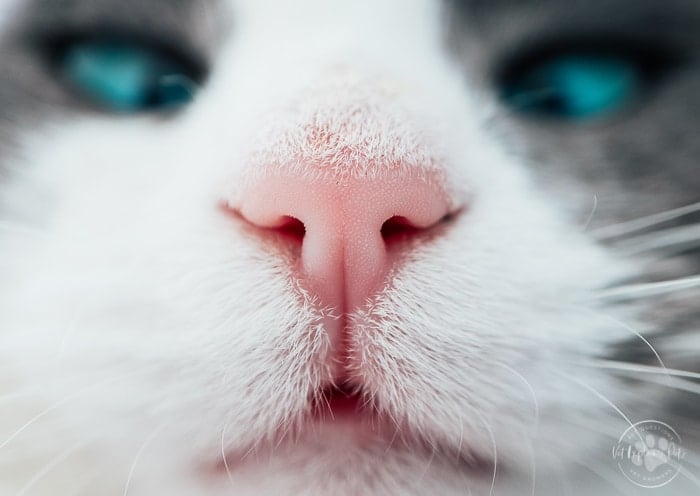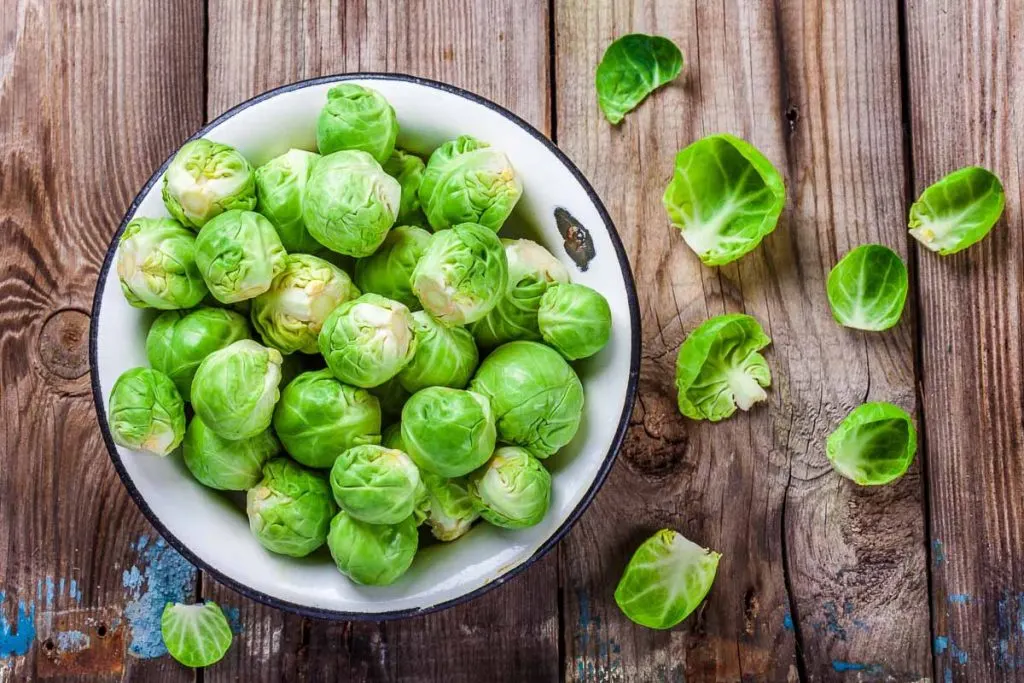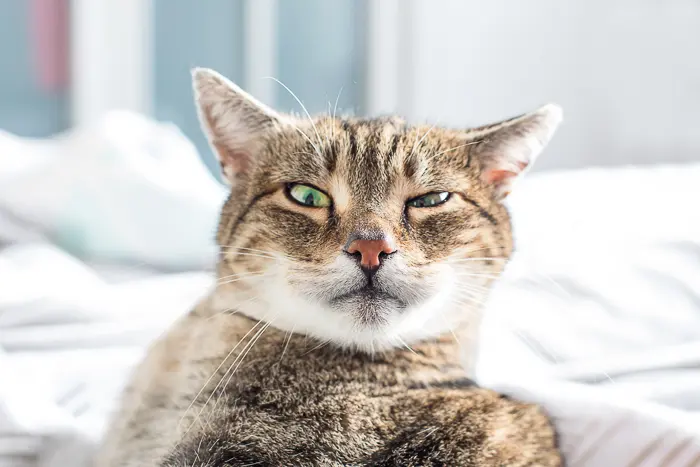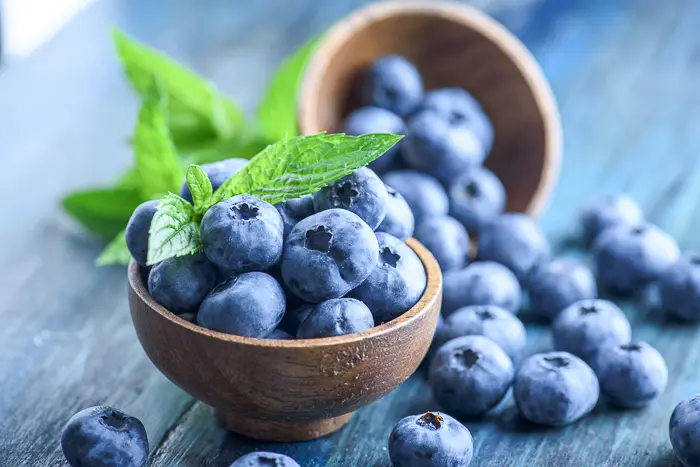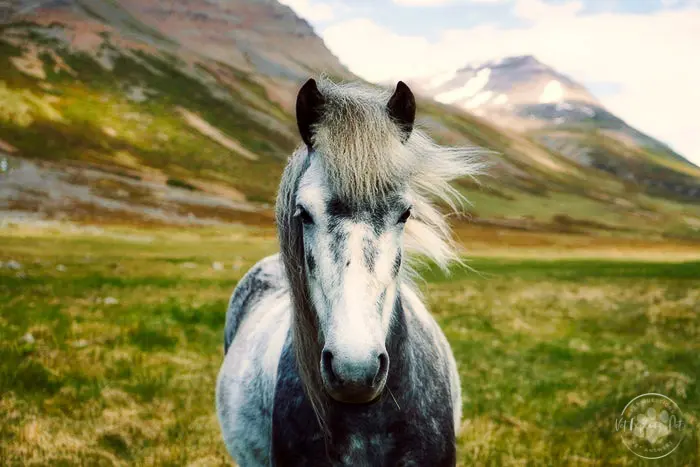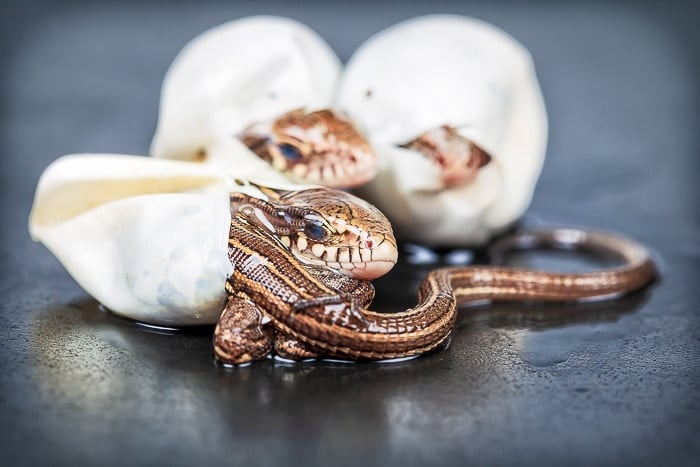Guinea Pigs are one of the most popular pocket pets in the United States. That also means that there are a lot of questions out there about what you should or should not feed your guinea pig. What about a sweet treat like a fresh green bean? Green beans can be thought of as quite a healthy food for us humans. However, be cautioned because not all foods that are safe for humans, are safe for guinea pigs. Can guinea pigs eat green beans?
Dr. Jess explains the answer below:
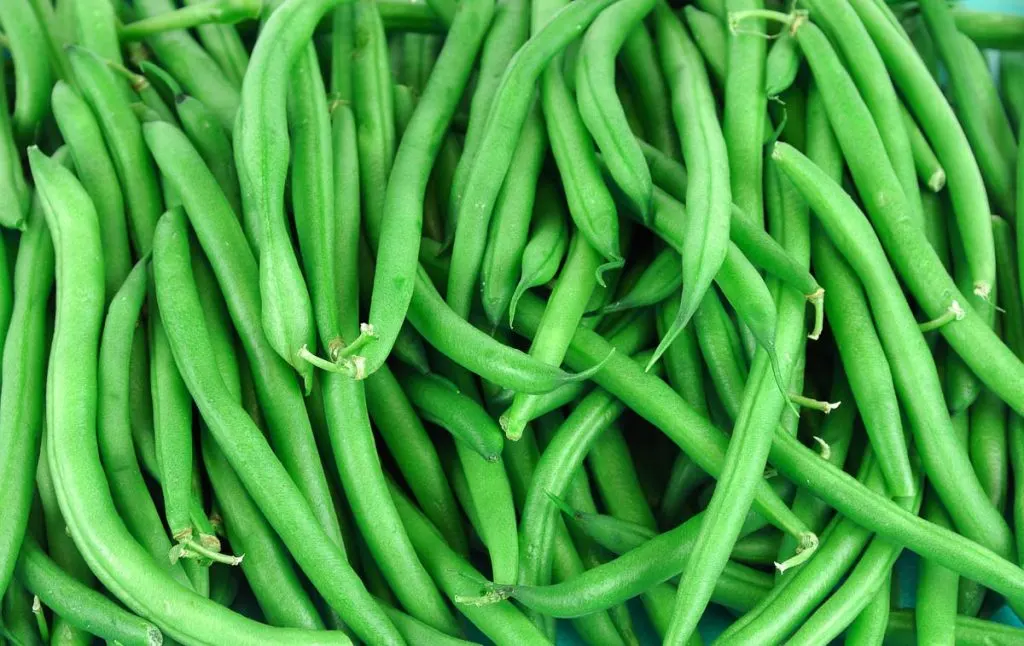
What is a Guinea Pig?
A guinea pig is a type of pocket pet that resides in the cavie family of animals.
They are small animals that grow to a maximum of approximately 10-11 inches long, and can weigh up to 2.5 pounds as an adult.
In captivity and with proper care it is fairly common to see these pets live to 8-10+ years of age.
One of their main anatomical (body) “quirks” is that they are constantly needing to chew in order to file down their teeth, as their teeth are constantly erupting (growing longer).
They are quite playful animals and love to socialize with the ones that they know and love.
They make great pets for responsible pet owners, and those living in small dwellings wanting a loveable pet that comes in a small package.
What Do Guinea Pigs Typically Eat?
Guinea Pigs eat an assortment of things to keep them healthy and happy.
- High-quality guinea pig food and Timothy hay should be the main staples of their diet.
- Up to about 10% of their diet can be made up of an assortment of vegetables and fruits, with fruits and vegetables over 12-24 hours old being discarded as soon as possible.
- They require 30 – 50 mg of vitamin C daily from their diet, either in their guinea pig food, a vitamin supplement, or from fruits and vegetables that are high in vitamin C. I’ll get to this more here in a sec…
- Guinea pigs do best with diets low in fats and sugars.
- Clean, fresh, filtered, chlorine-free water. ‘Fresh water‘ means that is is changed daily. ‘Changed daily‘ means that new water is placed into a CLEAN water dispenser!
The Importance of Vitamin C For Guinea Pigs
Like humans and certain other animals like birds and bats, guinea pigs do not have the ability to make vitamin C.
Instead, guinea pigs must get this essential nutrient from the foods they eat in their diet.
Guinea pigs in the wild get their vitamin C from fresh grass sources.
Pet guinea pigs receive supplemental vitamin C from leafy greens, fruit and veggies, specialty fortified pellets or supplemental droplets placed in their water bottles.

Green Bean Basics:
Green beans are commonly named string beans, french beans, snap beans, and green beans, along with a few other less widely-used terms in the U.S.
These beans are typically consumed while still having immature seeds. They are usually consumed with the pod enclosed around the seeds itself.
Green beans are eaten fresh, canned, and cooked – usually by sauteing or oven-roasting.
Green beans are in the legume family and are sought after for their affordability, accessibility, and their many healthy benefits.
Let’s look a little deeper into what green beans are comprised of so that we can better decide if they should be a part of your guinea pig's diet.
Green Bean Nutrition:
According to Verywellfit.com, green beans contain:
“One cup of green beans (100g) provides 31 calories, 1.8g of protein, 7g of carbohydrates, and 0.2g of fat. Green beans are an excellent source of vitamins C, K, and A.”
https://www.verywellfit.com/green-beans-nutrition-facts-calories-carbs-and-health-benefits-4169523
Green beans can offer a range of important nutrients and health benefits to your friendly guinea pig friend, such as:
- High water content (about 95% water) which is good for keeping well hydrated
- A good source of vitamins A, C and K. Green beans also contain certain B vitamins, including thiamine, riboflavin, and folate [source]. Vitamin K helps keep your cavies bones healthy and strong. Vitamin A will help to keep their eyes healthy and sharp. Vitamin C is wonderful for your guinea pig because they do not synthesize (or make) this necessary vitamin on their own like many other animals can.
- Rich in the antioxidant L-ascorbic acid (AKA vitamin C), flavonols, and quercetin [source], which may help prevent cell damage caused by free radicals
- Low in fat and low in calories. This is great news for all of the guinea pigs out there with weight issues!
- Source of fiber (helps in digestion and reduces some GI issues). Green beans are high in fiber!
- A good source of minerals such as magnesium, phosphorus, potassium, zinc, and copper.
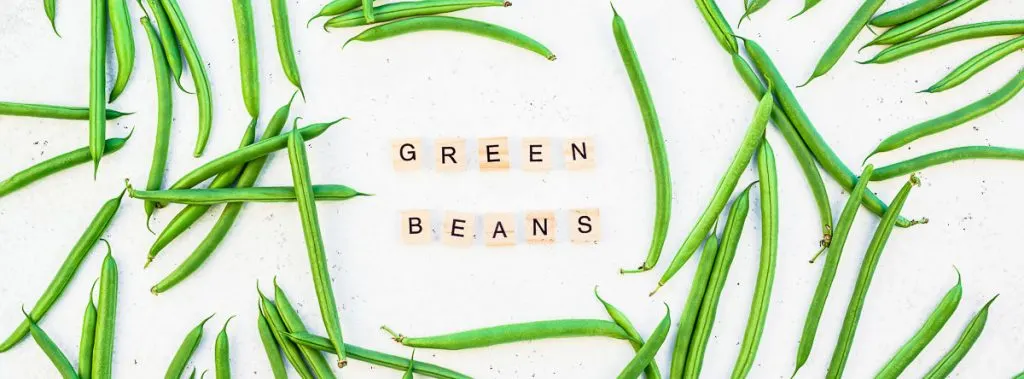
Do Guinea Pigs Eat Green Beans?
Many guinea pigs will eat a green bean when offered one.
But just because guinea pigs DO eat green beans does not necessarily mean that this is the best or safest choice for your pet.
Can Guinea Pigs Eat Green Beans? Are They Safe?
There are some foods that us humans can eat that are actually toxic to your guinea pig and need to be avoided all together.
While there isn't anything toxic to guinea pigs in the actual green bean itself, you shouldn't give them too much because problems may arise as I will discuss further down in this article.
You see, guinea pigs are herbivores and need a diet which is high-in fiber and low in sugar and fat.
They get their fiber supplied in the form of plants, such as hay which is a roughage that contains a lot of fiber.
This fiber is beneficial for two reasons:
- Dietary fiber keeps the guinea pig's digestive system running smoothly (it's the same reason why some people take a fiber supplement like Metamucil!).
- The physical roughage (hay) helps keep the guinea pig's teeth healthy and worn down as their teeth are continually growing and need to be filed in order to prevent overgrowth.
So, long story short- Yes!
Adult guinea pigs can have green beans, IF given to them safely, and I'll cover that in just a bit.
You do not want to feed the wrong green beans or the wrong amount or frequency, potentially making your furry friend unintentionally sick.
Can Baby Guinea Pigs Eat Green Beans?
Compared to their adult counterparts, baby guinea pigs have much more sensitive gastrointestinal systems.
Avoid feeding baby guinea pigs any kinds of fruits and vegetables until they reach 12 weeks of age to allow their stomachs to mature with them.
Then, when ready to introduce them to juicy fruits and veggies, take it very slowly, waiting at least 24 hours to observe any potential adverse side effects, before moving on and trying more of the same fruity snack or a different tasty treat.
Remember – baby, young, and juvenile guinea pigs have more sensitive digestive systems!
Wait 24 hours to see their reaction.
If everything is fine, you can move to the next treat.
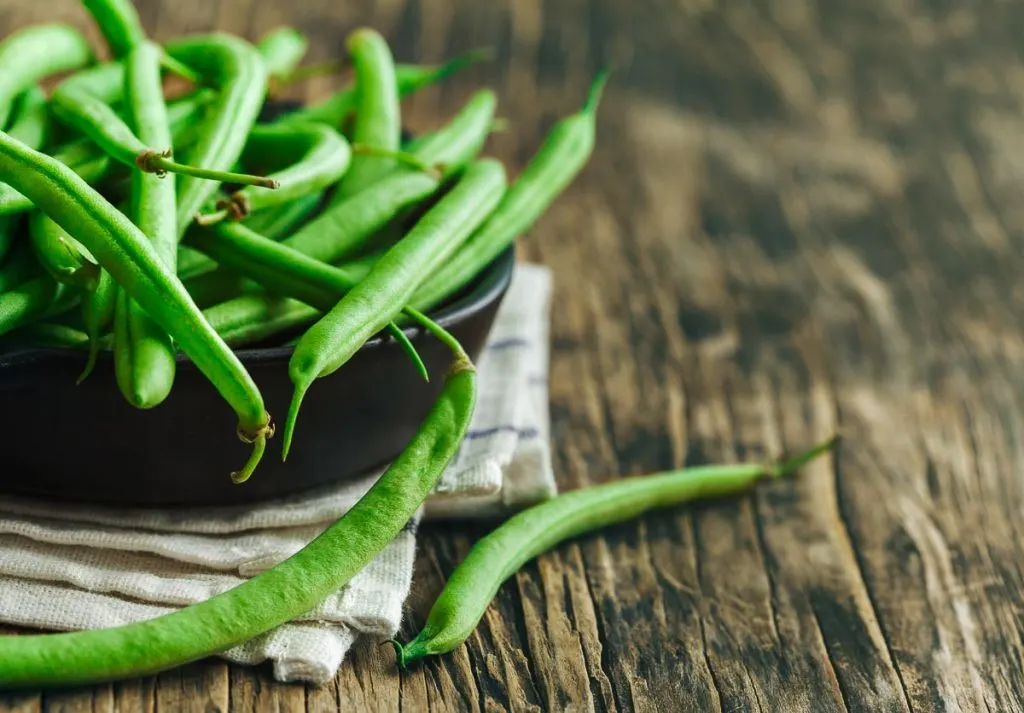
Is The Rest Of The Green Bean Plant Safe To Eat?
The green parts of the green bean plant – the leaves, stems, flowers, should not be given to your pet. There are other treats that are much better options.
Medical & Health Concerns of Feeding Green Beans to Guinea Pigs:
- Pesticides: Green beans should always be washed to make sure they are free of any pesticides or chemicals that could be harmful to guinea pigs.
- Parasites: Green beans should be checked over for parasites that can lead to potential parasite problems with your guinea pig.
- Overly Ripened: Avoid rotten fruits that can cause diarrhea and gastrointestinal upset.
- Processed Green Bean Products: Canned or cooked green beans are full of sugar, can contain chemicals, and are higher in acidity if cooked, so avoid feeding any type of green bean product besides ripe and clean green beans to your guinea pig.
- Calcium Content: Green beans do contain calcium. Too much calcium, along with oxalates, is bad for guinea pigs and can lead to a buildup of calcium into crystals and larger hard stone-like foreign bodies, commonly referred to as bladder stones or urinary stones.
- Baby Guinea Pigs: Baby guinea pigs have a more sensitive digestive system than adults do, and therefore you shouldn’t give your hoppy pet any fruits or vegetables until they reach around 12 weeks of age.
Can Guinea Pigs Eat Canned Green Beans?
Nope!
Guinea pigs can not eat cooked vegetables as their digestive systems do not know how to properly handle and digest cooked foods, only raw produce options for your guinea pig.
I will discuss how to feed these types of green beans to your guinea pig in the next section below.
Can Guinea Pigs Eat Cooked Green Beans?
Nope. Like I mentioned above, your piggie can't digest cooked vegetables. Veggies must be in their raw form in order for your guinea pig to digest them.
If given cooked vegetables, your pet may experience severe digestive issues!
How To Feed Green Beans To A Guinea Pig:
First step to focus in on is the serving size that you are giving your little fur baby.
Depending on your guinea pig's size, the average green bean portion should be about the size of one green bean and should only be fed about 1-2 times per week, definitely not on a daily schedule.
Remember that green beans should be limited to a special treat only because of potential digestive and other assorted health problems.
Moderation is key here!
Here are my recommended steps when feeding green beans to guinea pigs:
- Remove the green bean stem, leaves, and/or vine from the green bean as they can be poisonous.
- Wash the fruit thoroughly to get rid of any chemical, pesticides, or pests.
- Cut the green bean in slices and then into bite-sized pieces.
- Prepare an amount equivalent to the size of a green bean to give to your guinea pig, keeping in mind not to feed any guinea pigs with health issues or whom are not full grown.
- Clean up any juicy spills or splatters immediately as to not make any messes with your guinea pigs fur – they typically do not enjoy wet fur!
Alternative Foods For Guinea Pigs:
There are many fruits, veggies, and herbs that are good for your guinea pig and for you!
Unfortunately, some foods are toxic to guinea pigs that are not harmful to us.
For this reason, it is very important to research every new food you plan to give your guinea pig and its corresponding serving size.
Find out about other common foods that you may find in your kitchen.
Are these foods safe to feed your guinea pig?
- Pumpkin
- Pineapple
- Strawberries
- Oranges
- Squash
- Tomatoes
- Grapes
- Melon
- Asparagus
- Cilantro
- Raspberries
- Mangoes
- Zucchini
- Butternut Squash
Summary:
Guinea pigs can have small pieces of ripe, clean green beans in moderation.
Too much green bean can cause a minacherie of health problems for the guinea pig.
Do not feed immature guinea pigs or guinea pigs with underlying health conditions green beans even as a treat.
If you have concerns regarding feeding your guinea pig green beans, contact your local veterinarian beforehand.

![[Vet Explains Pets]](https://vetexplainspets.com/wp-content/uploads/2024/09/cropped-vetlogo-199x66.png)

